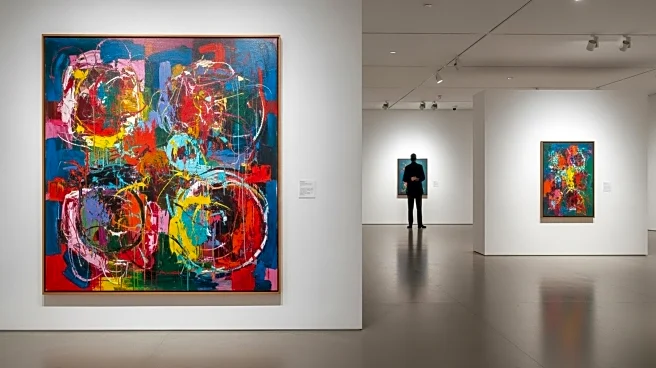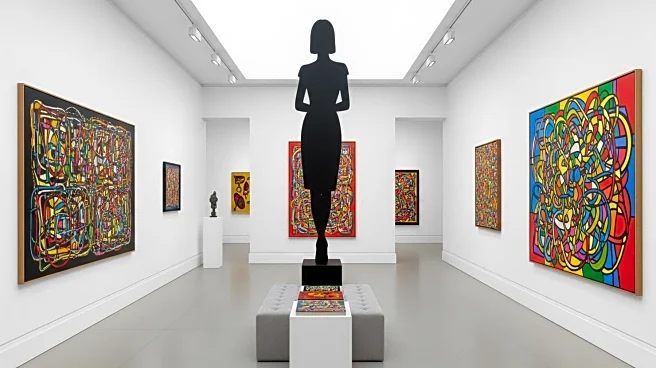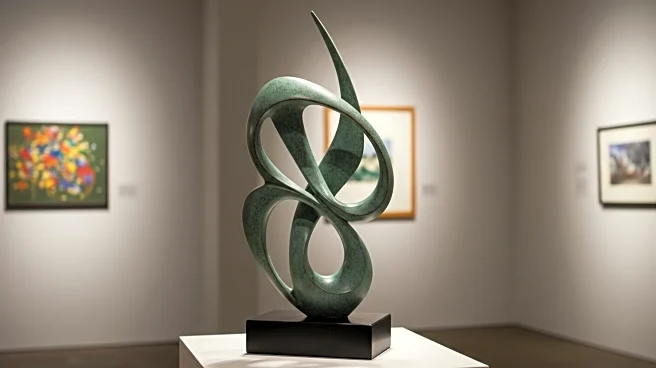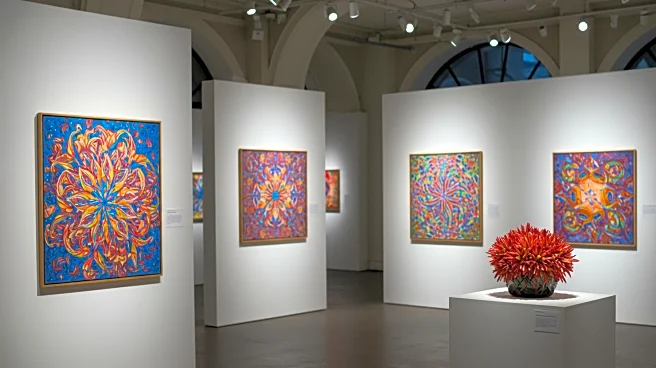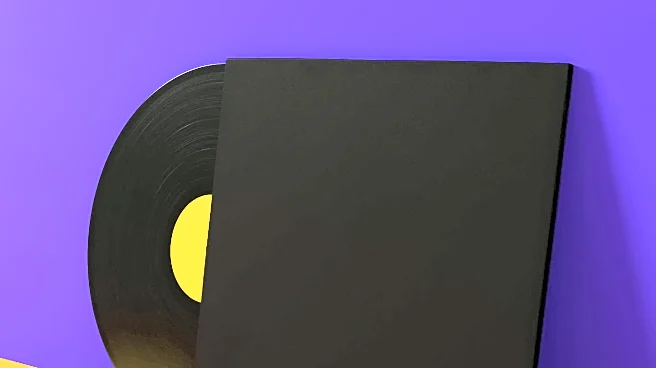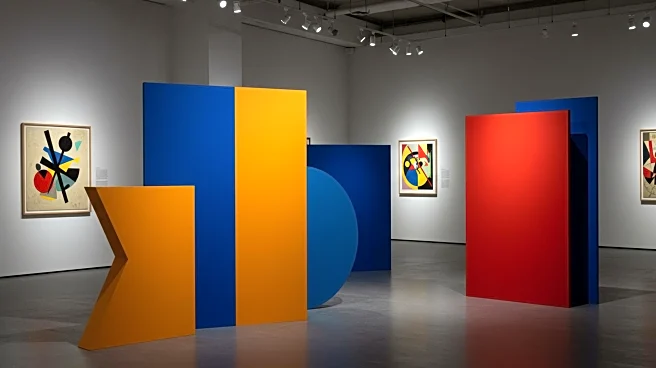What's Happening?
Gladstone Gallery has announced the acquisition of Peter Saul, a renowned 91-year-old painter known for his satirical and provocative works, as part of its U.S. representation. Saul, whose career spans over seven decades, is celebrated for his unique style that blends comic absurdity with painterly rigor, challenging pop culture, art history, and political norms. Alongside this, Gladstone Gallery has appointed Anna Christina Furney as its new director. Furney, previously a partner at Venus Over Manhattan, has a longstanding relationship with Saul, having represented him for 14 years. Her appointment comes as Venus Over Manhattan closes, following similar closures by other galleries, marking a period of consolidation in the art market.
Why It's Important?
The acquisition of Peter Saul and the appointment of Anna Christina Furney signify strategic moves by Gladstone Gallery to strengthen its position in the competitive art market. Saul's inclusion enhances the gallery's roster with an artist who holds both cult and institutional appeal, while Furney brings proven curatorial expertise and market acumen. This development reflects broader trends in the art industry, where galleries are closing and talent is dispersing, leading to larger entities consolidating power. For Gladstone, these moves could bolster its influence and attract more high-profile artists and exhibitions, impacting the gallery's reputation and market reach.
What's Next?
With the closure of Venus Over Manhattan and other galleries, the art market is experiencing a shift towards consolidation. Gladstone Gallery's strategic hires may prompt other galleries to follow suit, seeking to strengthen their leadership and artist rosters. The industry may see increased competition among larger galleries to acquire prominent artists and directors, potentially reshaping the landscape of art representation. Stakeholders, including artists and collectors, will likely monitor these changes closely, assessing how they affect exhibition opportunities and market dynamics.
Beyond the Headlines
The closure of several galleries and the subsequent redistribution of talent highlight ethical and cultural dimensions within the art world. As larger galleries consolidate power, questions arise about the accessibility and diversity of art representation. This trend may influence the types of artists and works that gain visibility, potentially affecting cultural narratives and the preservation of diverse artistic voices. The long-term impact on emerging artists and smaller galleries remains uncertain, as they navigate a market increasingly dominated by major players.
